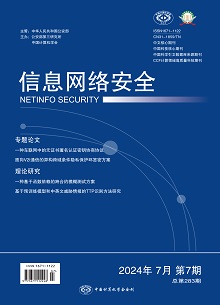Through various terminal sensor devices, Industrial Internet of Things (IIoT) system transmits the collected key industrial data to the industrial Internet of things platform in real time, to provide data intelligent analysis and decision-making. However, illegal access to industrial data will lead to information security issues, such as data or sensitive identity leakage, data tampering, which will affect the normal operation of IIoT system. To this end, for IIoT system, this paper built a distributed data anonymous transmission architecture under multi-user, multi-gateway and multi-industrial Internet of Things platform, and proposed a three-factor anonymous authentication and key agreement protocol based on chaotic map. The protocol realized the three-factor login authentication of smart card, password, and biometric information from the user to the mobile terminal device. Under the assistance of the gateway, the user utilized the mobile terminal device to realize two-way anonymous authentication from the user to the IIoT platform based on chaotic map technology and key credentials, and simultaneous achieved the session key agreement for subsequent secure communication. The application of the protocol was extended, including the update of each user’s password and biometric information, the revocation function of smart card, and the synchronous update of multi-gateway key based on Chinese remainder theorem. Security analysis and performance evaluation demonstrate that the proposed protocol can be securely and efficiently deployed in IIoT system.

